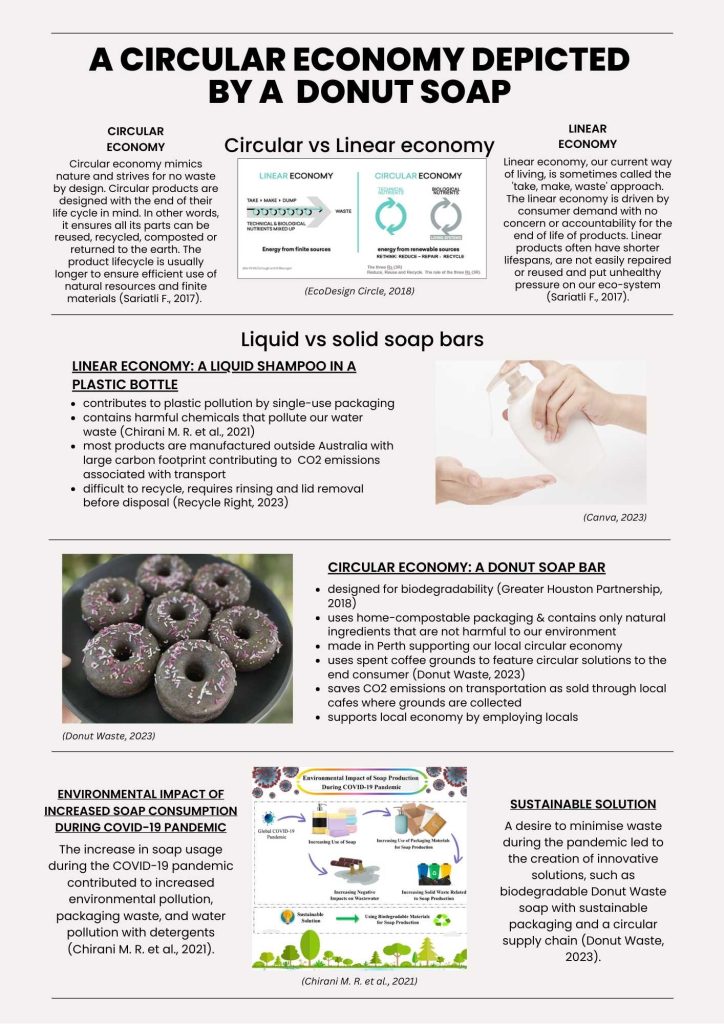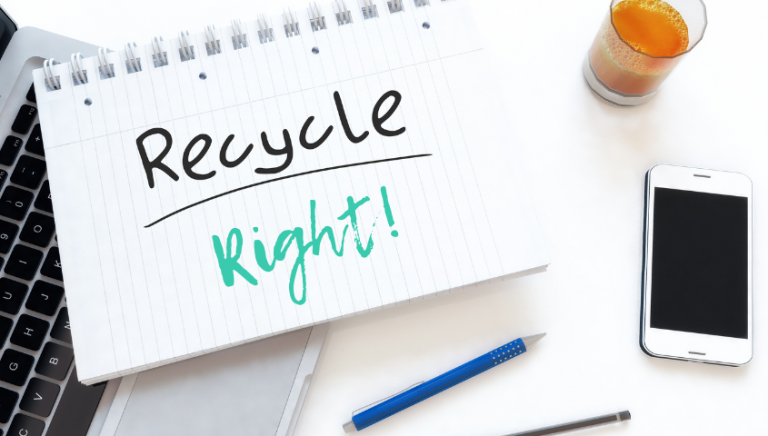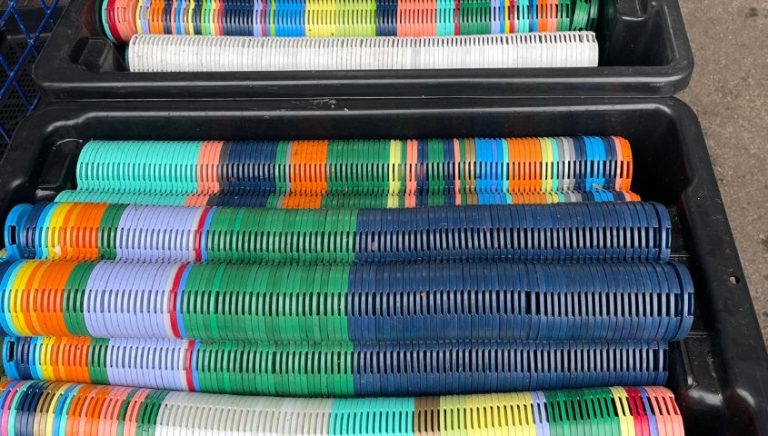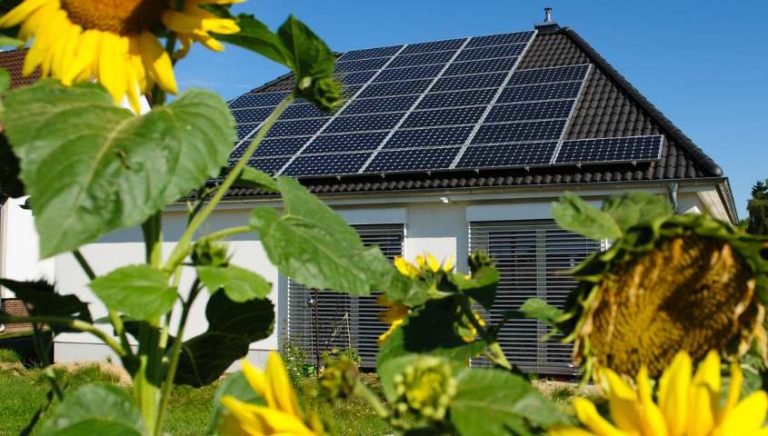The concept of a circular economy is gaining momentum and for a good reason. It is a sustainable and practical way of addressing some of the critical environmental issues we face today, including resource depletion, waste, and pollution. However, the adoption of a circular economy is not without its challenges. Here are some of the key obstacles and how we can address them.
Challenge 1: Lack of Awareness and Understanding
One of the main challenges for a circular economy is a lack of awareness and understanding of the concept. Many people are still unaware of the benefits of a circular economy and how it works. This lack of knowledge can make it difficult to get buy-in from the public, policymakers, and businesses.
How you can engage:
You can personally encourage and engage in a circular economy by learning more about the concept and its benefits. Share your knowledge with your friends, family, and community through social media, workshops, and conversations. You can also support businesses that prioritize circular practices and encourage policymakers to implement policies that support the circular economy.

Challenge 2: High Costs
Another challenge to the adoption of a circular economy is the high costs associated with transitioning from a linear to a circular economy. This transition requires significant investment in new infrastructure, technology, and retraining of the workforce.
How you can engage:
You can encourage and engage in a circular economy by supporting businesses that prioritize circular practices. Buying from circular businesses will not only encourage them to invest in the circular economy but also help drive down costs by increasing demand for circular products.

Challenge 3: Limited Infrastructure
Another obstacle to the adoption of a circular economy is the lack of infrastructure to support circular practices. For example, recycling infrastructure in many places is still inadequate, making it difficult to recycle and repurpose materials.
How you can engage:
You can engage in a circular economy by reducing waste and supporting businesses that prioritize circular practices (yes, like Donut Waste)! This includes buying products that are designed for reuse, repair, or recycling, composting food waste, and reducing the use of single-use plastics. These actions will help reduce the burden on existing infrastructure and encourage investment in new circular infrastructure.

There is currently NO infrastructure in WA to recycle your cup and it’s unviable to do so.
Learn more in this blogpost: The inconvenient truth about single-use coffee cups
Challenge 4: Cultural Barriers
Finally, cultural barriers can be a significant obstacle to the adoption of a circular economy. Many people are still focused on materialism and consumerism, and this mindset can be difficult to shift. This consumer culture can make it difficult to prioritize sustainability and the circular economy.
How you can engage:
You can engage in a circular economy by shifting your mindset away from materialism and consumerism. This includes buying fewer products, prioritizing quality over quantity, and repurposing or repairing items instead of buying new ones. You can also support businesses that prioritize circular practices and encourage policymakers to implement policies that support the circular economy.
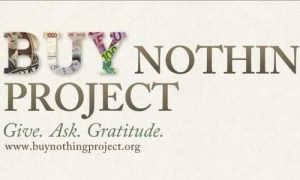
Someone else’s trash is for sure someone else’s treasure.
Learn more about the Buy Nothing Project: www.buynothingproject.org.
Conclusion
In conclusion, the adoption of a circular economy requires a fundamental shift in the way we produce and consume goods. However, by understanding the key challenges and taking action at an individual level, we can encourage and engage in a circular economy to build a more sustainable future.
A circular economy depicted by a donut soap
